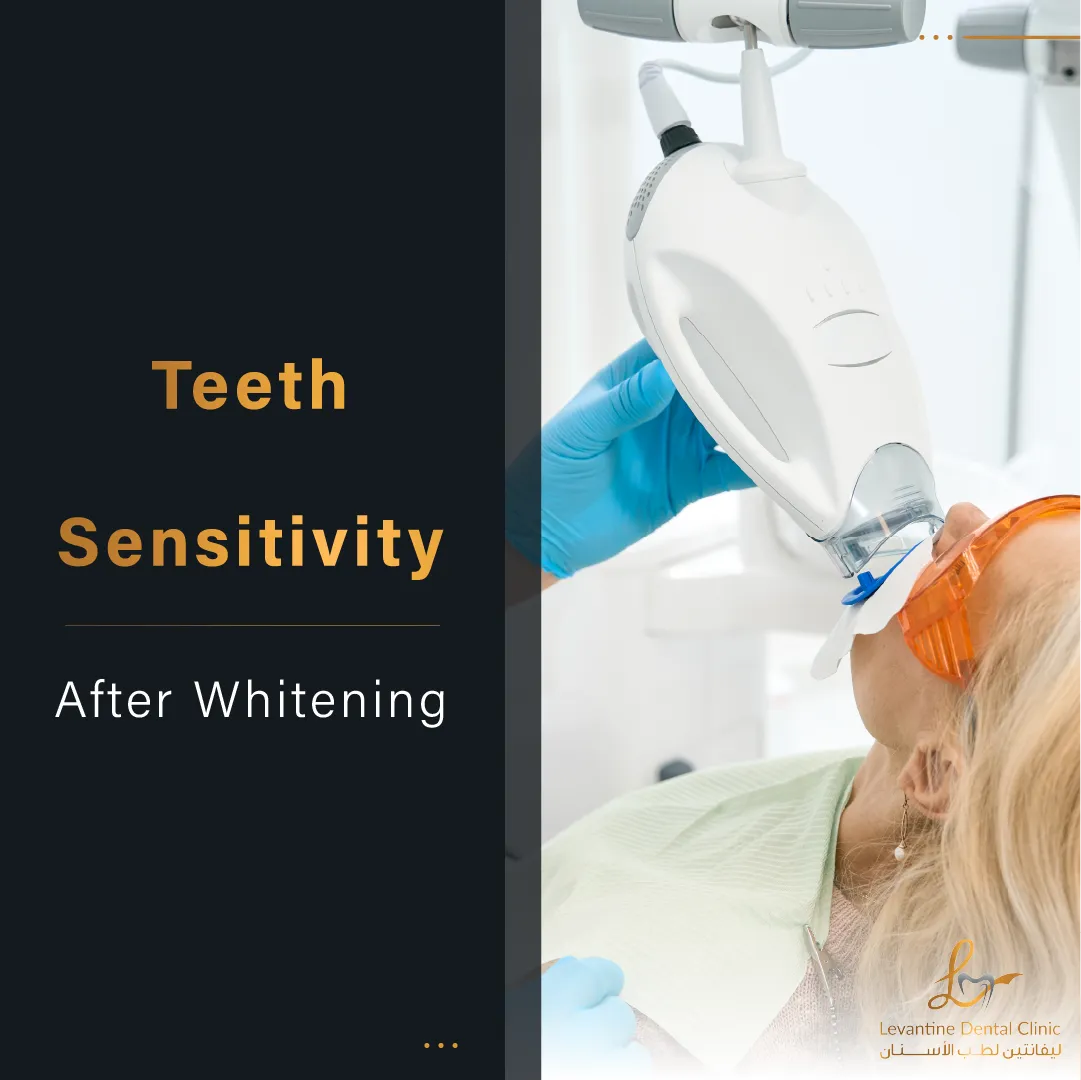Understanding Tooth Sensitivity After Whitening
Tooth sensitivity is a common and often temporary side effect of teeth whitening treatments. While the pursuit of a brighter, more confident smile is a popular goal, it is essential to understand that this cosmetic procedure can sometimes lead to discomfort. This sensitivity arises from the whitening agents, typically hydrogen peroxide or carbamide peroxide, penetrating the enamel and reaching the dentin layer of the teeth. The dentin contains microscopic tubules that connect to the nerve endings in the pulp of the tooth. This can cause a sensation of pain or discomfort, particularly when exposed to hot, cold, sweet, or acidic substances. Understanding the causes and mechanisms behind this sensitivity is the first step in managing and mitigating the potential discomfort associated with tooth whitening.
Why Does Whitening Cause Sensitivity?
The primary reason teeth whitening causes sensitivity is the action of the whitening agents themselves. Hydrogen peroxide and carbamide peroxide are oxidizing agents that break down the stains on your teeth, but they also interact with the tooth structure. These agents can temporarily dehydrate the enamel, making the teeth more porous. This increased porosity allows the whitening agents to penetrate deeper into the tooth and reach the dentin. The irritation of the nerves within the dentin tubules triggers the sensitivity response. The strength of the whitening agent, the duration of exposure, and the individual’s tooth structure all play a role in the degree of sensitivity experienced. Furthermore, pre-existing conditions such as receding gums or cracked teeth can exacerbate the sensitivity.
The Science Behind Tooth Sensitivity
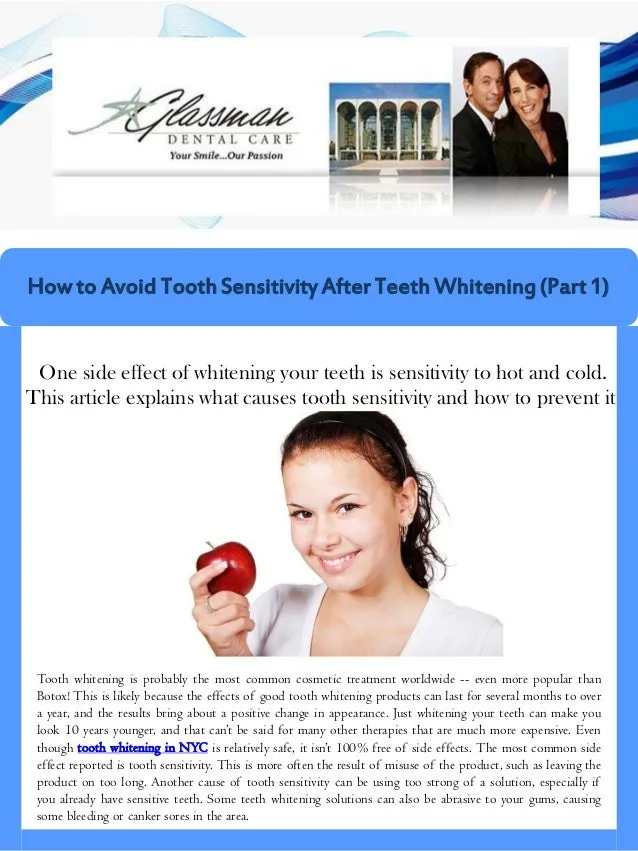
At a microscopic level, dentin contains tiny tubules that lead to the pulp, where the nerves reside. When the whitening agent penetrates these tubules, it stimulates the nerves, which then send signals to the brain, causing a sensation of pain. This process is similar to what happens when you have a cavity or enamel erosion. The intensity of the sensitivity varies greatly from person to person, depending on the thickness of their enamel, the size of the dentin tubules, and the overall health of their teeth. Moreover, the whitening process can sometimes cause mild inflammation of the pulp, which can contribute to the sensitivity. This inflammatory response usually subsides within a few days or weeks after the whitening treatment is completed.
Top 7 Tips for Sensitivity Relief After Whitening
Use Sensitivity Toothpaste
One of the most effective ways to alleviate tooth sensitivity is to use a toothpaste specifically designed for sensitive teeth. These toothpastes typically contain ingredients like potassium nitrate or stannous fluoride. These ingredients work to block the dentin tubules, preventing irritants from reaching the nerves. By using sensitivity toothpaste, you can gradually reduce the discomfort associated with whitening, allowing you to enjoy your brighter smile without the pain. It’s crucial to start using this toothpaste a couple of weeks before your whitening treatment and continue using it throughout the process and for a few weeks afterward for optimal results.
How Sensitivity Toothpaste Works

Sensitivity toothpastes work by either blocking the tubules or desensitizing the nerve endings. Potassium nitrate is a common ingredient that works by creating a barrier that prevents stimuli from reaching the nerve. Stannous fluoride, on the other hand, can form a protective layer over the tubules or directly affect the nerve fibers, reducing their sensitivity. Regular use of these toothpastes provides a cumulative effect, gradually decreasing sensitivity over time. The key is to be consistent and use the toothpaste twice daily, as recommended, to maximize its effectiveness.
Apply Fluoride Treatments
Fluoride is a mineral that strengthens tooth enamel and can help reduce sensitivity. Fluoride treatments can be applied professionally by your dentist or used at home. Fluoride strengthens enamel and helps to remineralize areas that may have been affected by the whitening process. It can also help block the dentin tubules, reducing the chances of sensitivity. When used after teeth whitening, fluoride can protect your teeth from irritation and promote faster recovery. There are different methods available for fluoride application, so consulting your dentist is the best way to find out which treatment will provide the most benefits for your teeth.
Professional Fluoride Treatments
Dentists often offer professional fluoride treatments, which typically involve applying a high-concentration fluoride gel or varnish to your teeth. These treatments are more potent than over-the-counter options and can provide rapid relief from sensitivity. The dentist will apply the fluoride directly to your teeth, where it will quickly absorb into the enamel. This process can be repeated at intervals determined by your dentist, based on the severity of your sensitivity. Professional fluoride treatments can also help prevent tooth decay and strengthen your teeth, giving you overall better oral health.
Over-the-Counter Fluoride Options

In addition to professional treatments, various over-the-counter fluoride products can help manage sensitivity. These include fluoride mouthwashes and high-fluoride toothpastes. Using these products regularly can help strengthen your enamel and reduce sensitivity. It is essential to follow the instructions on the product label and to consult with your dentist or dental hygienist if you have any concerns. Over-the-counter fluoride products are a great way to supplement your oral hygiene routine and help ensure your teeth remain healthy.
Avoid Whitening Products Temporarily
If you experience significant sensitivity, it is wise to temporarily pause your whitening treatments. Continuing to expose your teeth to whitening agents while they are already sensitive will likely exacerbate the discomfort and may increase the risk of irritation. Taking a break will give your teeth time to recover and allow the sensitivity to subside. Once the sensitivity has diminished, you can resume whitening, but consider using a lower concentration of the whitening agent or reducing the frequency of treatments. This can help you avoid triggering the sensitivity again while still achieving the desired whitening results.
Why to Avoid Whitening Products
Continuing to use whitening products when your teeth are sensitive can make the condition worse. The whitening agents will irritate the nerves and dentin, resulting in increased pain. By taking a break, you allow your teeth to recover from the initial impact of the whitening agents. This will reduce inflammation and let your teeth regain their natural resistance to external stimuli. In some cases, prolonged exposure to whitening agents while experiencing sensitivity can cause more serious issues, such as increased erosion of tooth enamel or damage to the gums.
When to Resume Whitening
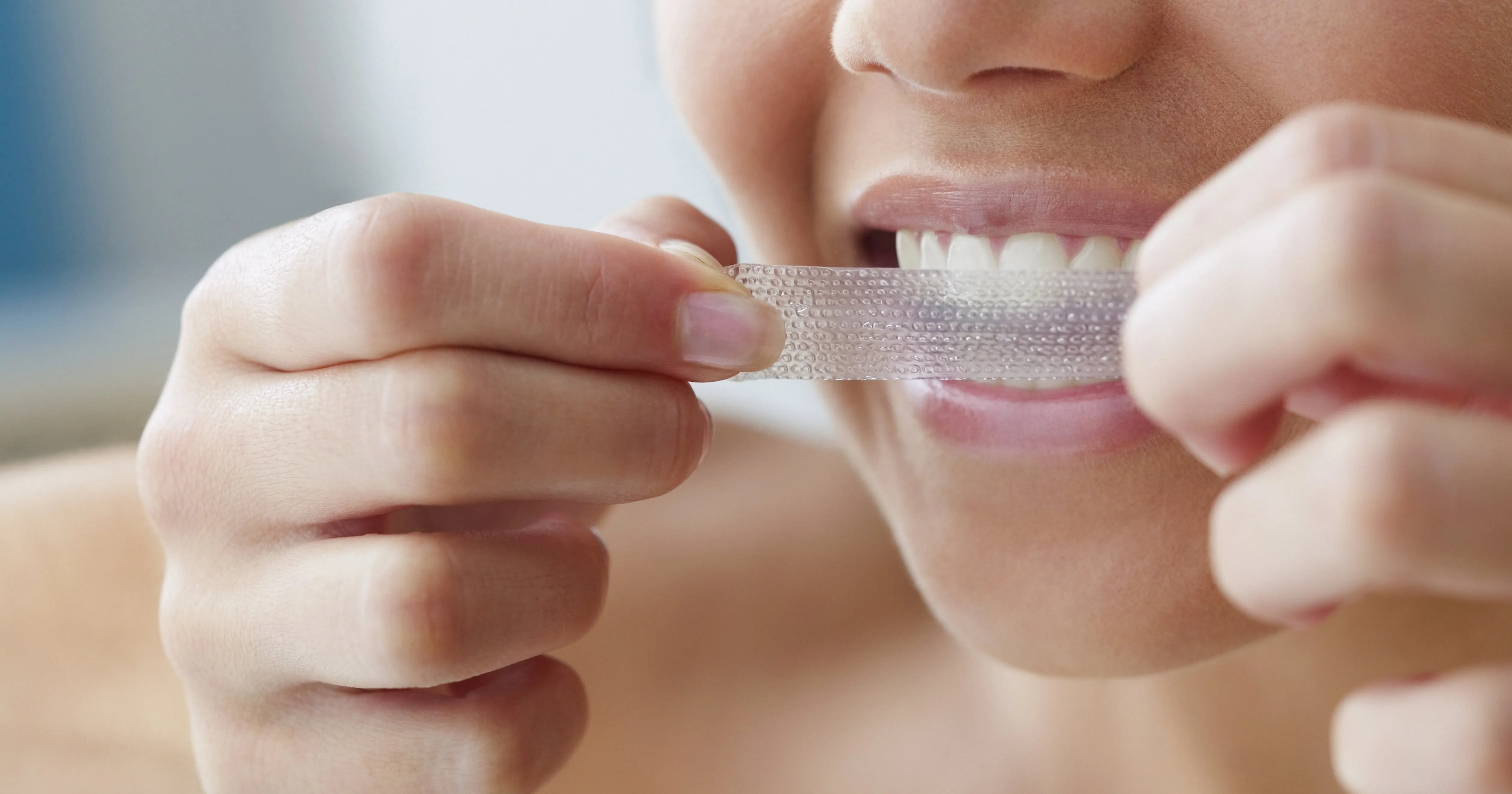
Before resuming whitening, make sure your sensitivity has subsided completely. This may take a few days or weeks, depending on the severity of the sensitivity and your individual response. Consider starting with a lower concentration of whitening agent or using the product less frequently. Consult with your dentist to determine the best approach. Your dentist can also evaluate your teeth’s condition and provide tailored recommendations to help you achieve the whitening results you want without experiencing unnecessary discomfort.
Change Your Whitening Method
If you continue to experience sensitivity, consider switching to a different whitening method. Different methods use varying concentrations of whitening agents and exposure times. Some methods may be gentler on your teeth. For instance, you might find that over-the-counter whitening strips cause less sensitivity than custom-fitted trays with professional-strength gel. Explore the different options available and assess what suits your needs and your tolerance for sensitivity. You can find many effective whitening solutions that minimize discomfort and give you that desired brighter smile.
Switching from Trays to Strips
Whitening strips often contain a lower concentration of hydrogen peroxide than the gels used in tray-based systems. The strips also have a shorter contact time, which can reduce the risk of sensitivity. If you are currently using a tray system and experiencing discomfort, consider switching to strips. Many over-the-counter whitening strips are available, and they come in different strengths, giving you options to find the one that best suits you. However, be sure to follow the instructions carefully to avoid any potential side effects.
Try a Different Whitening Agent
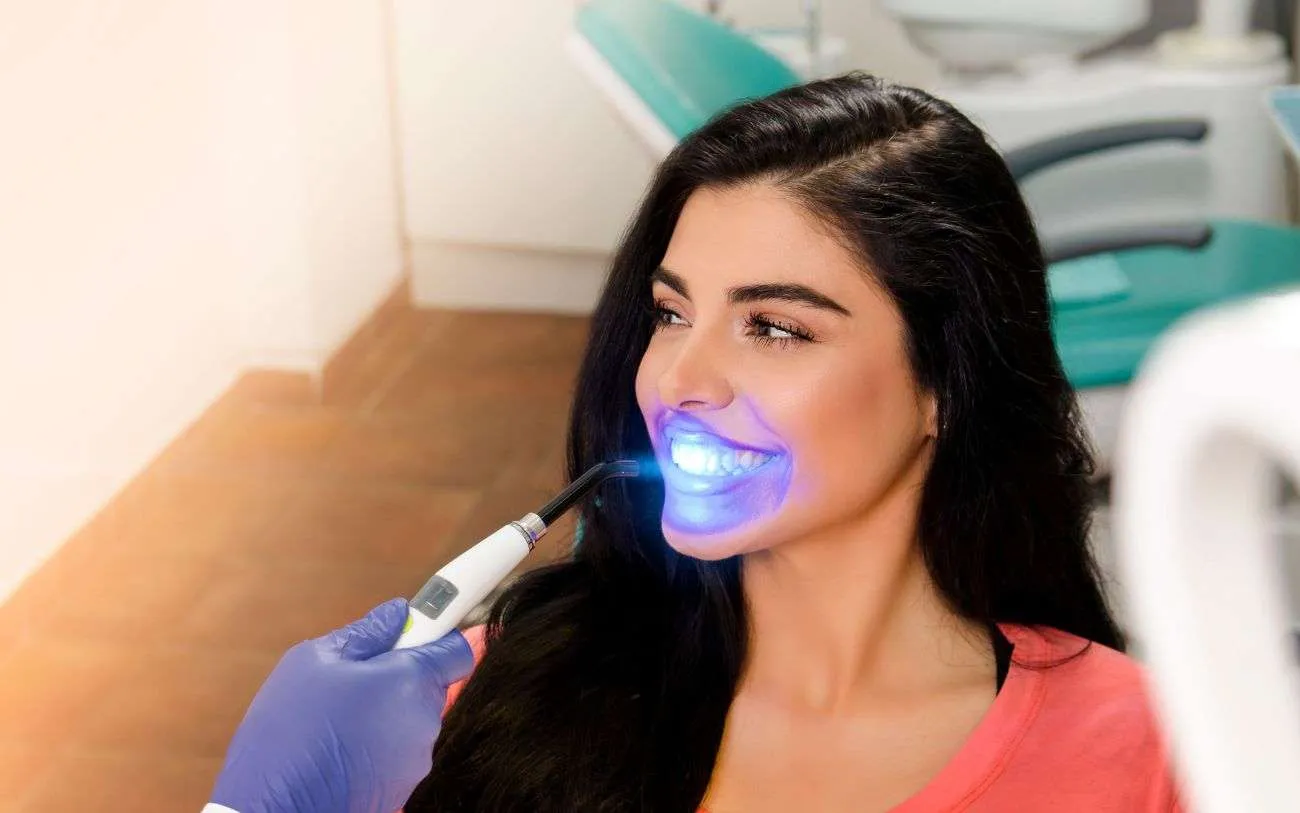
The active ingredient in many whitening products is hydrogen peroxide or carbamide peroxide. Some people may be more sensitive to one of these agents than the other. Consider trying a product with a lower concentration of hydrogen peroxide or a different active ingredient altogether. Discuss these options with your dentist, who can help you choose a suitable alternative. There are also whitening products that use different active ingredients, such as sodium perborate. These products are often gentler on the teeth and cause less sensitivity.
Use a Desensitizing Agent
Desensitizing agents are specifically designed to reduce tooth sensitivity by blocking the dentin tubules or desensitizing the nerve fibers. These products contain active ingredients that provide relief from sensitivity. They can be applied at home or in a dental office. Incorporating a desensitizing agent into your routine before, during, and after whitening treatments may help prevent or minimize the development of sensitivity. It’s a proactive approach that can allow you to achieve a whiter smile without compromising comfort.
Benefits of Desensitizing Agents
Desensitizing agents provide several benefits for those who experience tooth sensitivity. They offer immediate relief by creating a barrier that prevents irritants from reaching the nerves, and they can also help repair minor enamel damage. These agents can be used as a preventative measure before whitening, which makes them a valuable tool in your quest for a brighter smile. Using desensitizing agents allows you to continue with your whitening treatments with minimal interruption and discomfort. You can improve your confidence in your smile without unnecessary pain.
How to Apply Desensitizing Agents
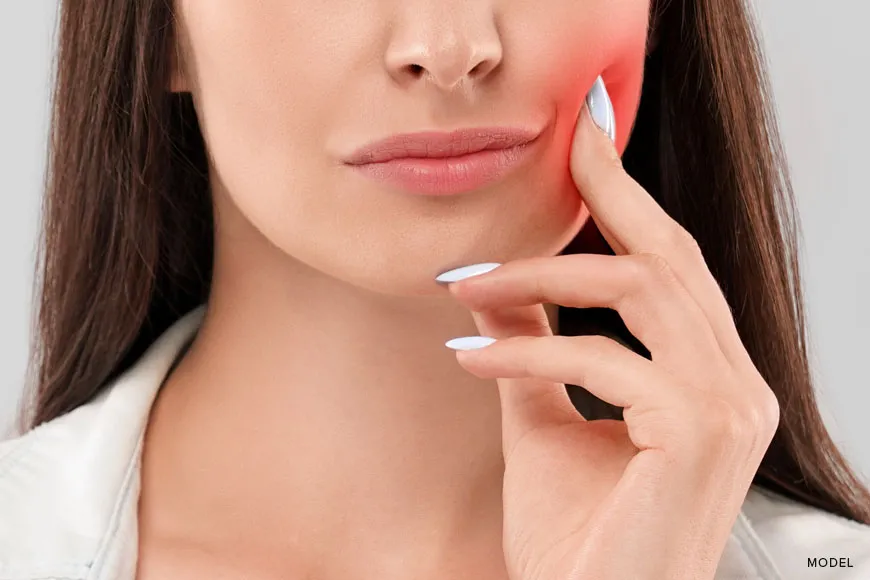
Desensitizing agents come in various forms, including toothpaste, gels, and varnishes. Always follow the manufacturer’s instructions on how to apply the product correctly. In most cases, you’ll apply the agent to your teeth before or after whitening. When using desensitizing toothpaste, brush your teeth gently for two minutes, then rinse thoroughly. If using a gel or varnish, your dentist will apply it professionally, ensuring complete coverage of your teeth. For effective results, make sure you are consistent with your routine to make sure the benefits are consistent and long-lasting.
Maintain Good Oral Hygiene
Maintaining good oral hygiene is always important, but even more so when your teeth are sensitive. Proper brushing and flossing techniques can help reduce sensitivity and prevent further irritation. Be gentle when brushing, and use a soft-bristled toothbrush to avoid damaging your enamel. Flossing daily is essential to remove plaque and food particles that can contribute to sensitivity. Excellent oral hygiene promotes overall dental health, which will, in turn, help to reduce the potential of experiencing sensitivity. It is an essential part of your daily routine.
Brushing Techniques to Reduce Sensitivity
To minimize sensitivity while brushing, use a soft-bristled toothbrush and gentle, circular motions. Avoid brushing too hard or scrubbing your teeth aggressively, as this can wear away enamel and make your teeth more sensitive. Brush for two minutes, making sure you reach all surfaces of your teeth. It is important to brush your teeth twice a day, making it a habit. This will give you a fresh breath and decrease the chance of sensitivity. You can also tilt your toothbrush at a 45-degree angle to your gum line to remove plaque effectively.
Flossing without Irritation
Flossing is an essential part of your oral hygiene routine, but it can be uncomfortable if you have sensitive teeth. When flossing, be gentle and avoid snapping the floss between your teeth. Slide the floss carefully between each tooth, and curve it around the side of each tooth to remove plaque. Consider using a floss threader if you have trouble maneuvering the floss. Be careful not to irritate your gums, as inflamed gums can worsen sensitivity. Flossing regularly ensures that you remove all plaque and debris from your teeth.
Watch Your Diet
Your diet can significantly impact the level of tooth sensitivity you experience. Certain foods and drinks can trigger or exacerbate sensitivity. By being mindful of what you consume, you can greatly reduce discomfort. Be especially cautious with acidic, sugary, or very hot or cold items. These foods and drinks can stimulate the nerves in your teeth and cause pain. Pay attention to what you eat and how it affects your teeth, adjusting your diet when needed.
Foods and Drinks to Avoid
Several foods and drinks are known to trigger tooth sensitivity. These include acidic foods such as citrus fruits, tomatoes, pickles, and carbonated beverages. Sweet, sugary foods can also worsen sensitivity. Extremely hot or cold foods and drinks, such as ice cream, coffee, and hot tea, should be consumed with caution. Try to limit your intake of these items, especially after whitening treatments, to minimize sensitivity. Be mindful of your diet and notice which foods and drinks cause you the most discomfort and reduce their consumption.
Foods and Drinks to Consume
Choose foods and drinks that are less likely to trigger sensitivity. Dairy products, such as milk, yogurt, and cheese, can help neutralize acids in your mouth and strengthen your teeth. Water is an excellent choice because it is gentle and helps rinse away food particles. Foods rich in calcium and phosphorus, like leafy green vegetables and nuts, can also help strengthen your teeth. Consume a balanced diet and be sure to include these beneficial items for overall oral health.
Consult Your Dentist
If you experience persistent or severe tooth sensitivity, it is essential to consult with your dentist. Your dentist can properly assess your situation, identify the underlying causes of your sensitivity, and recommend appropriate treatments. They may perform diagnostic tests to evaluate the condition of your teeth and gums. Professional guidance is crucial because it can help prevent serious dental problems. Early intervention by your dentist can avoid further issues or complications. Never hesitate to seek professional help when you have dental concerns.
When to Seek Professional Help
You should see your dentist if the sensitivity is severe, doesn’t improve within a few weeks, or is accompanied by other symptoms like pain, swelling, or bleeding gums. This could be a sign of an underlying dental issue that requires treatment. Additionally, consult with your dentist if you are experiencing sensitivity after a whitening treatment. The dentist can provide a customized plan to provide relief and, if necessary, adjust the whitening method. Early diagnosis can prevent more serious dental problems.
Dentist-Recommended Solutions
Your dentist may recommend a range of solutions to address tooth sensitivity, including fluoride treatments, desensitizing agents, and advice on oral hygiene practices. They may also identify and treat any underlying conditions, such as gum recession or cavities. Following your dentist’s recommendations will help alleviate the discomfort and restore your oral health. Furthermore, your dentist can monitor the situation and provide tailored guidance to maximize your comfort while achieving a brighter smile.
